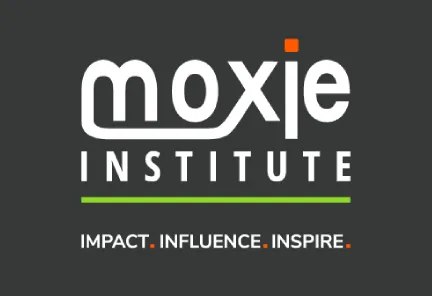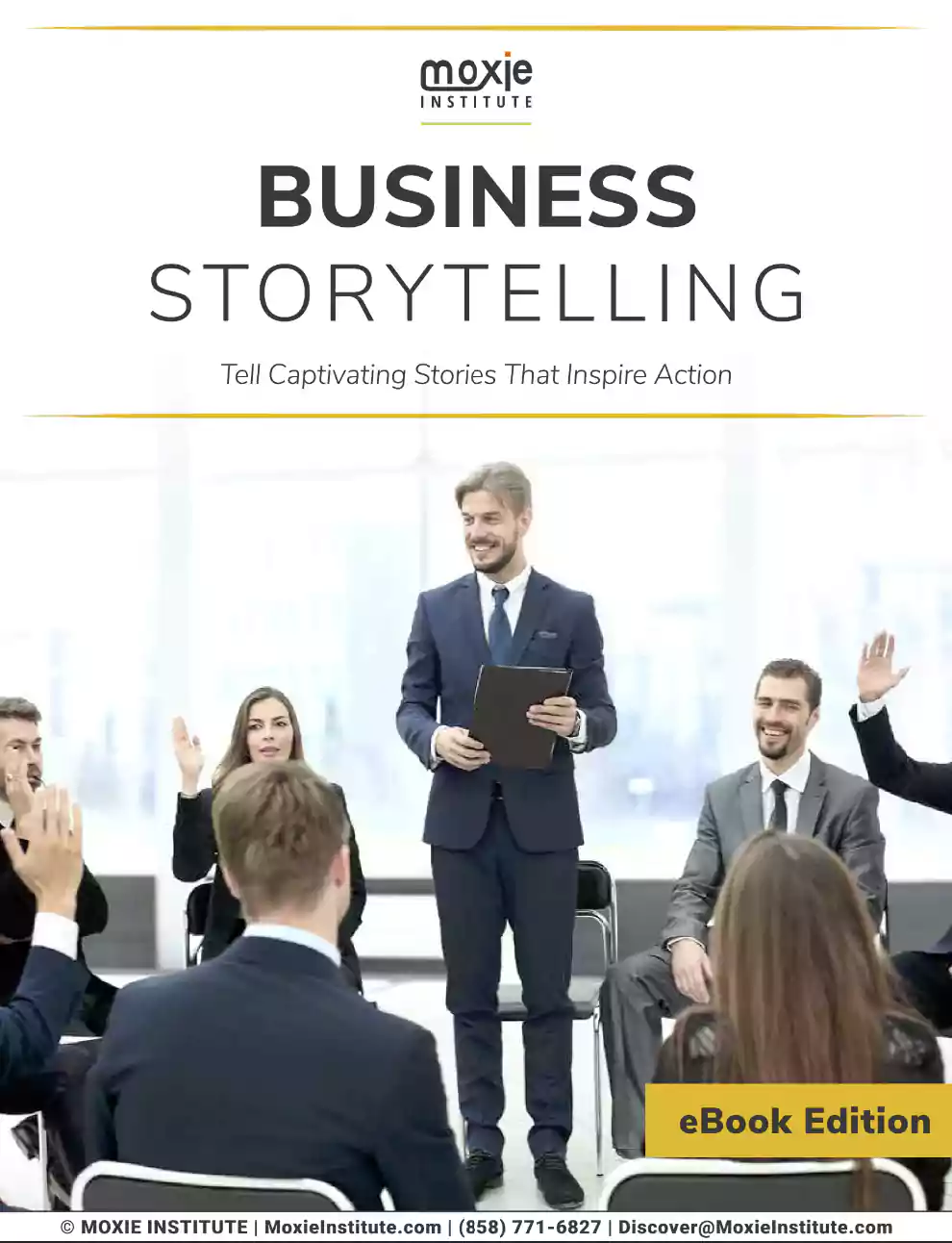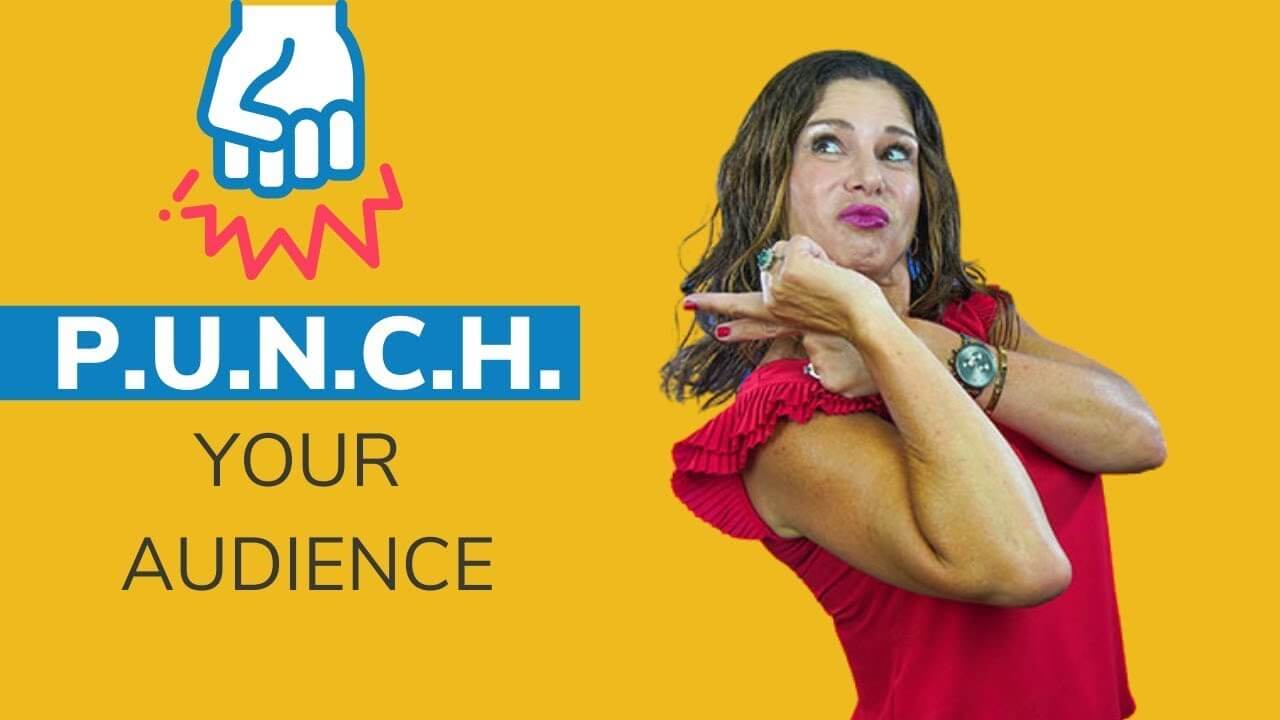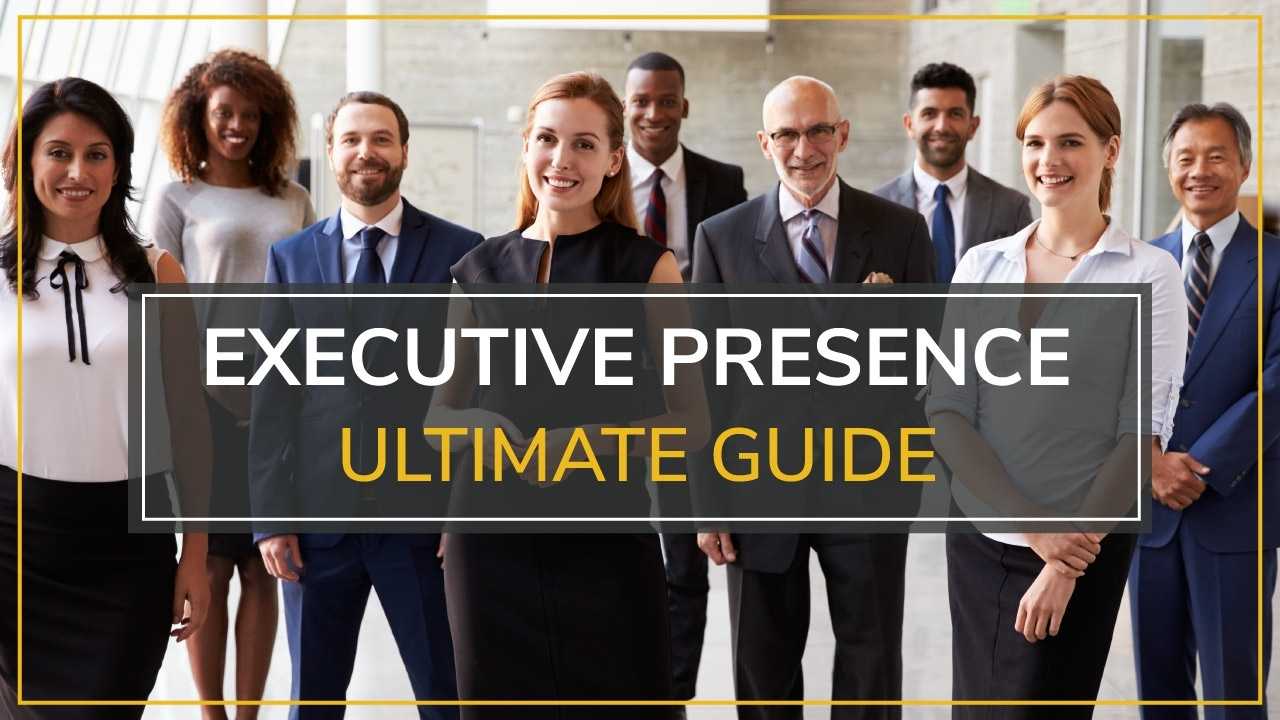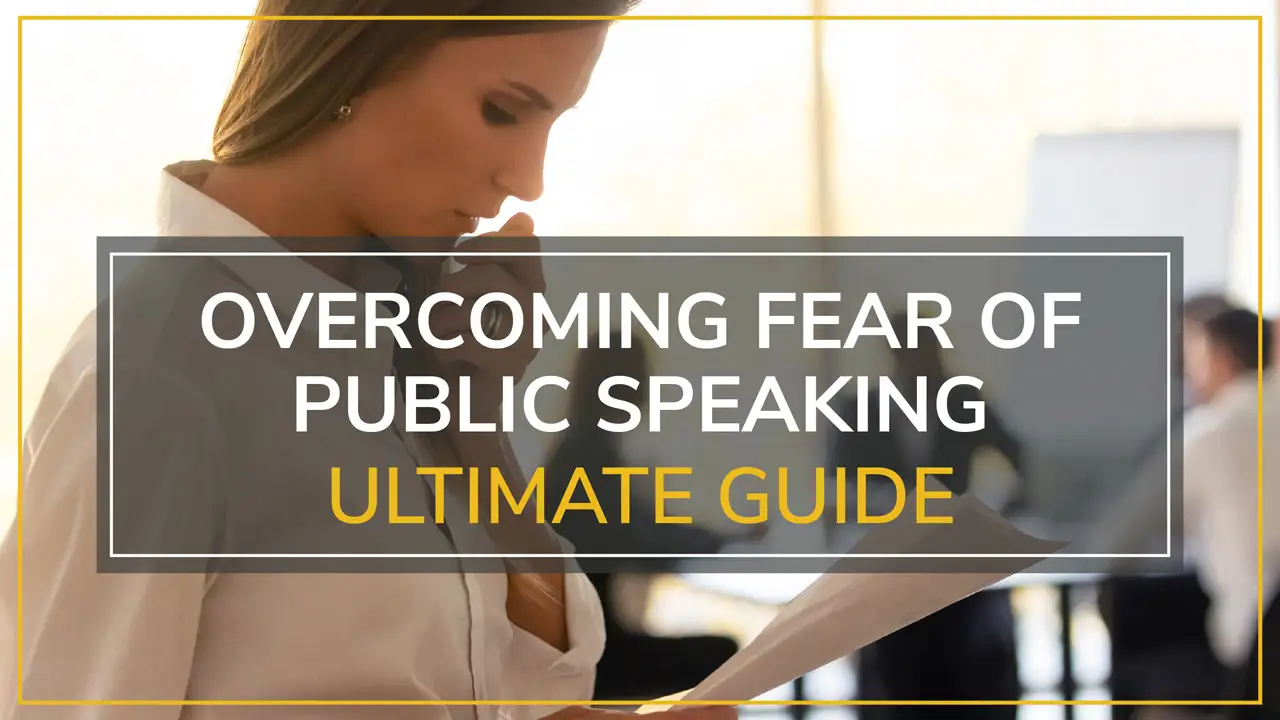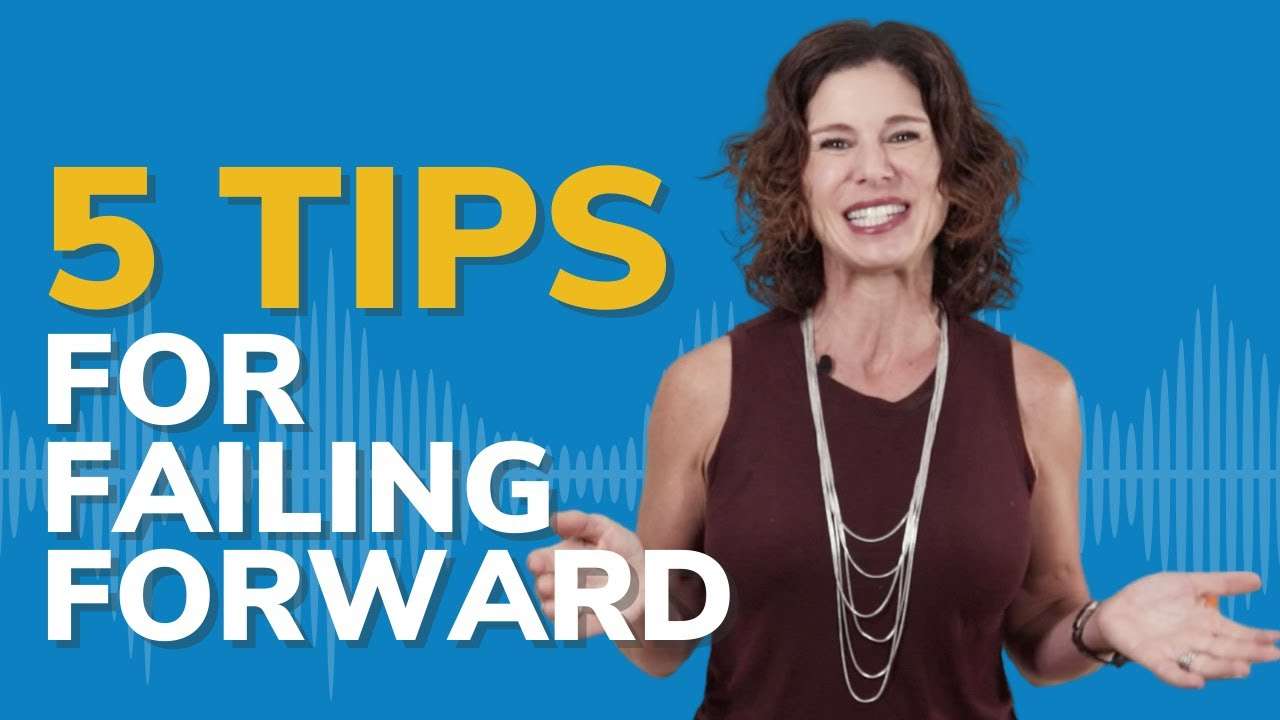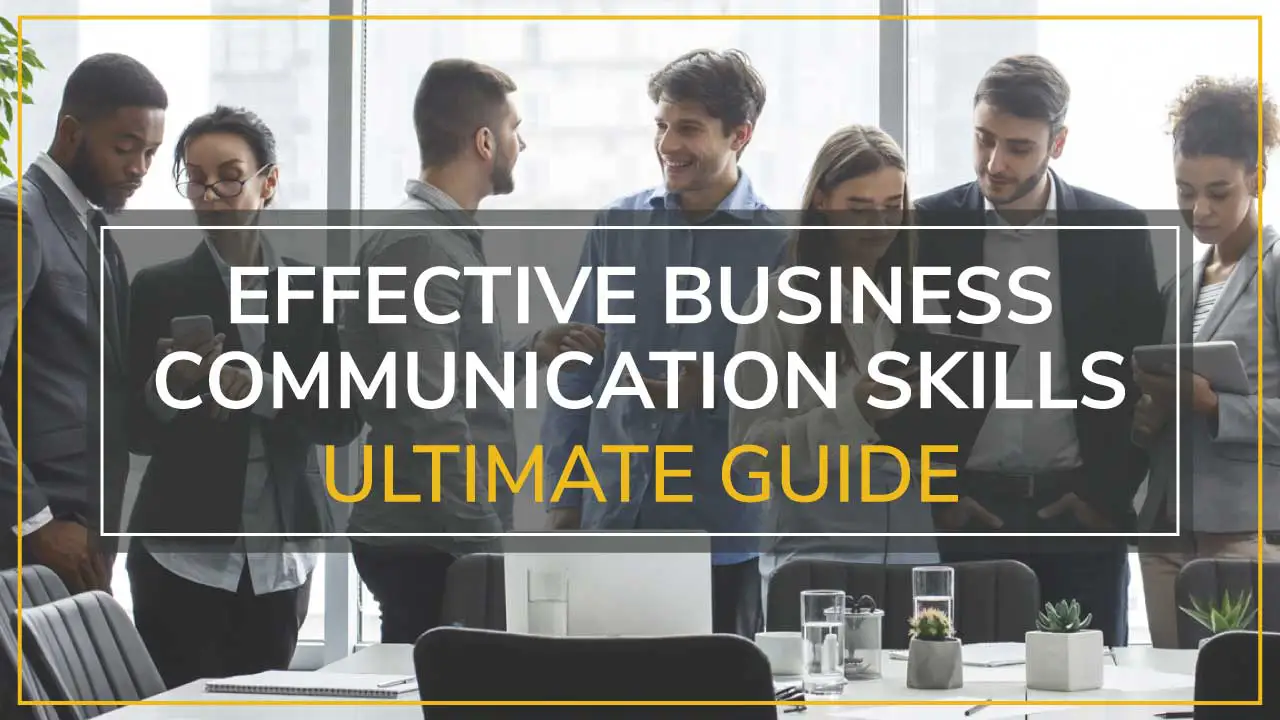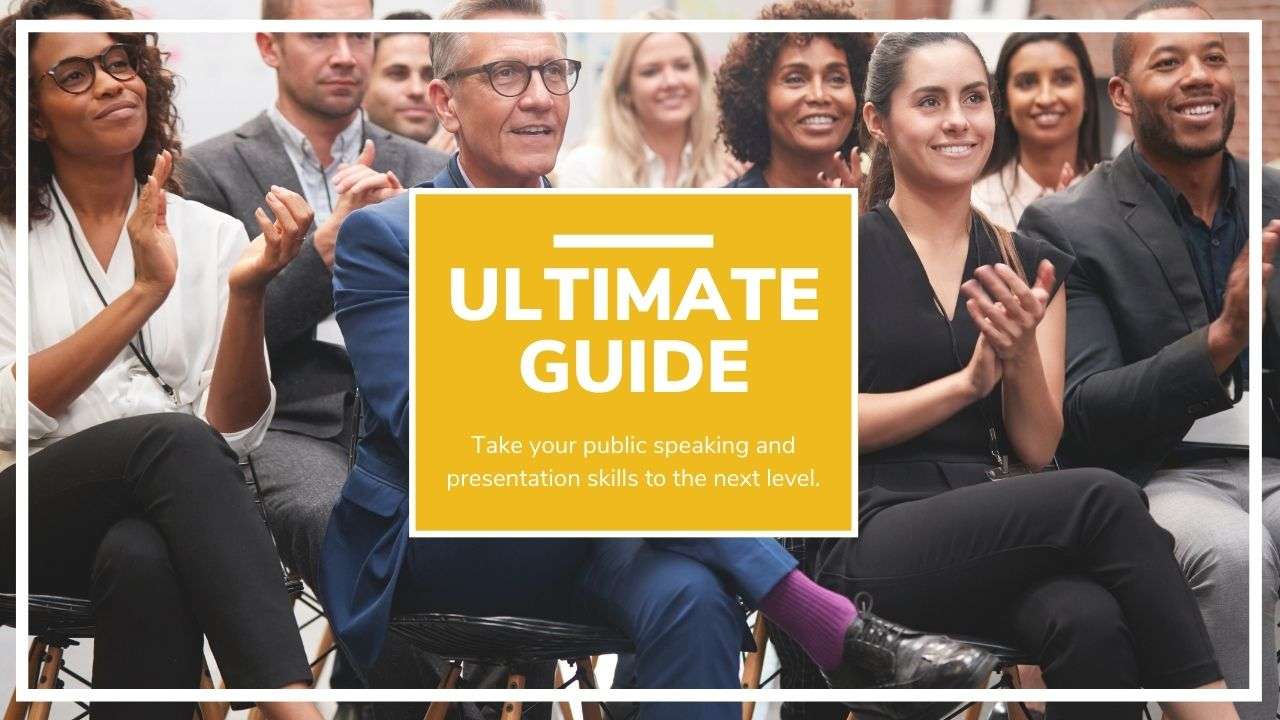
Is one of your greatest public speaking fears boring your audience to tears?
Well, we’re going to help you solve that problem today on Moxie Talk.
HOW TO START A SPEECH
Hey everyone, I’m Fia Fasbinder, welcome to Moxie Talk where we help you find your voice, share your message, and lead with confidence.
Now, a question that I get asked a lot when I’m coaching is – How do I open a talk? What do I do to start my talk?
Well, if you’re like most people, we start a talk like this — we introduce ourselves, we thank our sponsors, we give our audience the title and the topic of our talk, and then we launch into the talk, right?
Wrong! This is the absolute worst way you can start a talk. What you really want to do is hook your audience and here at Moxie we have an acronym that we use to hook your audience which is:
P.U.N.C.H.
We want to punch your audience in the face (in the least aggressive way possible.) All the studies show that when you include a hook for your beginning of your talk, when you engage your audience within the first 2 minutes of your talk, they will listen for 50% longer. So this is really worth doing.
Let’s dive into the acronym PUNCH. Now the first letter of punch ‘P’ stands for personalize.
PERSONALIZE
You need to personalize your talk. This is a great way to start a talk. How do you personalize a talk?
Well, you tell a story — it could be your story, it could be a client story or a customer’s story, it could be a story of your company, in some way you want to choose a story that’s relevant to your talk and will bring it to life for your audience. A really great thing you can do if you really want them to listen is start the story at the top of your talk and end the story at the close of your talk—really keep them listening. You can really personalize this content by telling stories.
The second letter of punch ‘U’ is for
UNEXPECTED
Now, if you can do or say something unexpected, audiences love this! They’ll lean in, they’ll want to know what you’re going to do next, they want to listen more to you. If you can think of something zingy-zangy, something that most people would not do and start your talk that way, I guarantee they’ll listen longer.
I’ll give you an example because I keynote on public speaking. I start my talks by putting people through a public speaking exercise. I don’t tell them I’m going to do it, I don’t introduce myself—that is how I start the talk, extremely unexpected.
The third letter of punch is ‘N’.
N equals:
NOVEL
Novel works when you have statistics or information or data that is mind-blowing—something that you can say that your audience wouldn’t know that will really engage them and want them to listen more.
I’ll give you an example. I worked with a TED speaker who did a talk on Malaria. If you are a scientist who studies malaria, this might not be novel to you but for regular people in a TEDx audience, this was a really amazing statistic. She told us that there are 10,000 babies that die every day from Malaria and it costs less than a penny to save them. For most of us, that was a pretty novel mind-blowing statistic that really made us lean in and want to listen to the rest of her talk. If you have these statistics, feel free to use them.
The ‘C’ of punch is for challenging. Audiences love a good intellectual challenge.
CHALLENGE
If you can, in a non-aggressive way, say to them – everything you think about my topic is wrong and I’m going to show you why in this talk, they will lean in. They want to be proven wrong. They want to see what you have to say. I’ll give you an example, If you were to say something like, It’s impossible to fly from the United States to Paris in 2 hours. It’s not! Everyone is going to want to listen to see how you can possibly do that. Right? a challenge!
The last letter of punch: ‘H’ is for humor and I have a hard and fast rule about humor which is to never tell a joke, always tell a failure.
HUMOR
Jokes are difficult. They have to land right, the timing has to be right, and sometimes they don’t land on the right audience. But a funny story and a story that puts you kind of in a position where you made a mistake or you did something that was embarrassing—audiences love this because you’re authentic, you’re vulnerable, and you can all share a laugh together. There’s a rule: If they’re laughing, they’re listening.
There you go! 5 different ways to start a talk that will guarantee that your audience is engaged, is listening, and is going to lean in longer.
Thanks so much for reading! I hope that this helped you. If you liked this blog, please be sure to share it with your friends. Like it and subscribe to our newsletter and YouTube channel for more information on everything from soup to nuts presentations. I’ll see you Moxie next blog.
For more information about how Moxie can help, check out our website or book a call!
